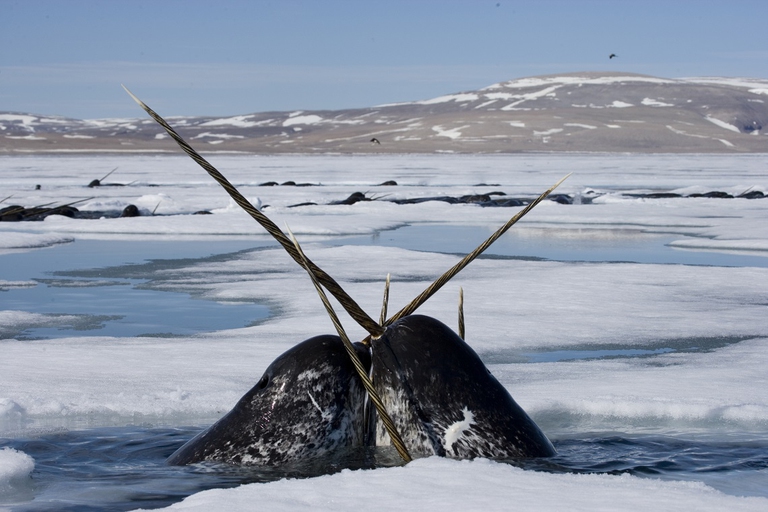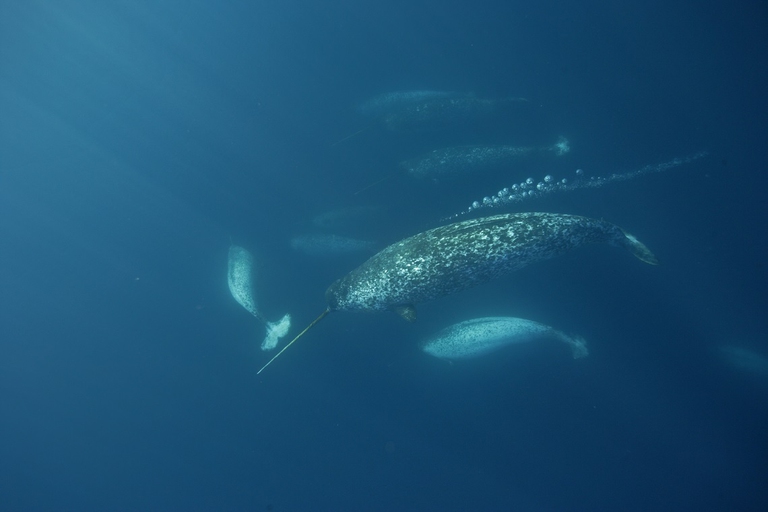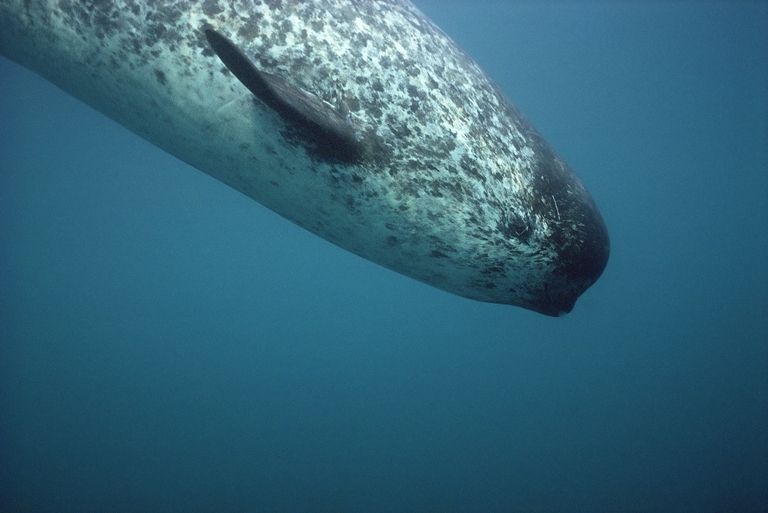
Our species took its first steps in a world covered in trees. Today, forests offer us sustenance, shelter, and clean the air that we breathe.
Il corno del narvalo è un dente, molto sensibile, e non viene utilizzato per infilzare il cibo, come una sorta di kebab marino.
Unicorns don’t exist (or maybe they do). Narwhals aren’t horses with horns in their foreheads, but cetaceans with a long tooth emerging from their upper lips, in males, forming a long spiral sword.
Narwhals (Monodon monoceros) are one of the most iconic and mysterious creatures of the Arctic and have intrigued explorers and scientists for hundreds of years, probably also spawning legends about unicorns. Despite scientific developments, a lot about these animals is still unknown, also due to the remote, wild places they live in. For these reasons, there are many wrong beliefs regarding them.
“A lot of people really don’t believe they’re still alive,” says Martin Nweeia of Harvard University. According to one of the most widespread myths about these marine mammals, narwhals spear their food, like fish and squids, with their “tusks”.
This isn’t true, mainly for practical reasons. Narwhals’ teeth can reach up to 3 metres in length, but the prey they feed on are pretty small and would be very difficult to spear. And even if a narwhal did spear its prey, it wouldn’t able to reach it.
Narwhals belong to a group of animals known as toothed whales; however, they don’t chew the food they eat. They actually don’t have teeth in their mouth: the only one they have is their characteristic “tusk”.
In order to explain the functions of narwhals’ teeth, many theories have been formed: defence or attack weapon, ice-breaker, courting instrument, respiratory organ. According to the study “Sensory ability in the narwhal tooth organ system”, published by The Anatomical Record in 2014, the narwhal’s tooth has sensory nerve endings, which help these cetaceans feel sea temperatures and changes in water salinity, and perhaps find their mates and prey.
Narwhals are currently threatened by climate change and the increasingly destructive impacts of human activity in the Arctic. In particular, it is thought that noise pollution disturbs the communication and orientation of these shy cetaceans.
Siamo anche su WhatsApp. Segui il canale ufficiale LifeGate per restare aggiornata, aggiornato sulle ultime notizie e sulle nostre attività.
![]()
Quest'opera è distribuita con Licenza Creative Commons Attribuzione - Non commerciale - Non opere derivate 4.0 Internazionale.
Our species took its first steps in a world covered in trees. Today, forests offer us sustenance, shelter, and clean the air that we breathe.
Poachers in Africa are encroaching on wildlife land and killing rhinos in travel hot spots now devoid of visitors due to the coronavirus pandemic.
Actor and environmental activist Leonardo DiCaprio has contributed two million dollars to a fund to protect Virunga National Park in Congo from threats such as terrorism, the coronavirus and poaching.
For the first time in seventeen years, Iceland’s two main whaling companies won’t resume whale hunting. The announcement concerns this year’s season but could carry into the future.
The relationship between the coronavirus and wildlife is complex: while the pandemic may lead to a reduction in the illegal trade in wild animals, it may also encourage it in other respects.
The largest coral reef in the world is severely threatened by climate change, but researchers are developing strategies that could contribute to saving the Great Barrier Reef.
NGO Free the Bears has opened a mountain sanctuary for moon bears in Laos. With the government’s help, it aims to close all bile farms by 2022.
Seychelles have extended its marine protected area, which now covers over 400,000 square kilometres, an area larger than Germany.
The tapir was reintroduced into Brazil’s Atlantic Forest, the country’s most at-risk ecosystem. The species can play a key role in the forest’s recovery.










